News WOSCU

What knowledge did a calligrapher have in the East? (Part II)
There were many types of calligraphic scripts in the Muslim Orient: Kufic, Naskh, Thuluth, Nasta’liq, Riq’a, Rayhani, etc.
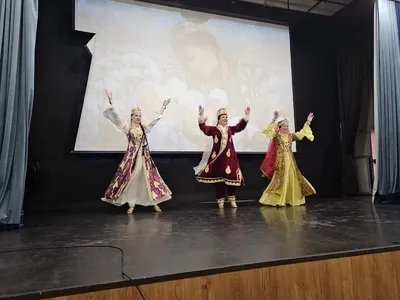
Days of Uzbek Culture in Moscow: A Vibrant Introduction to Ancient Traditions and Modern Life in Uzbekistan
The Days of Uzbek Culture have commenced at the Moscow State Linguistic University (MSLU), marking a comprehensive celebration of Uzbekistan's rich cultural heritage and modern dynamics.

What knowledge did a calligrapher have in the East? (Part I)
A calligrapher was not just a copyist. The transcription of books was considered the art.
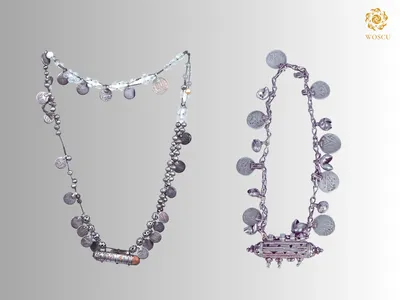
What functions did women’s jewelry perform in Surkhandarya?
Surkhandarya did not have such a variety of jewelry as in other regions of Uzbekistan.
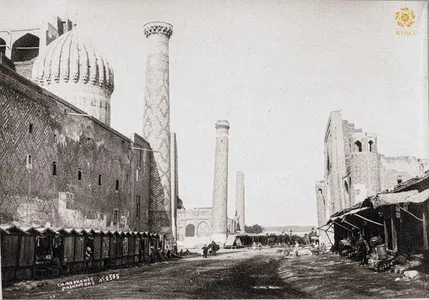
Samarkand, a city that has risen from ruins throughout the centuries
The history of many cities of Uzbekistan goes back centuries.
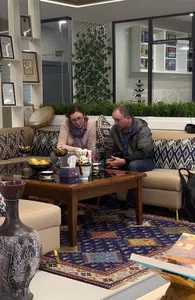
WOSCU will create a new book about the Paykend settlement
The visit of Andrey Omelchenko, a leading archaeologist from the State Hermitage Museum, to the office of the World Society for the Study, Preservation, and Popularization of Cultural Legacy of Uzbekistan (WOSCU) was a significant event for both organizations.
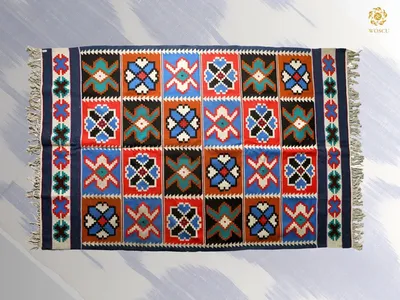
Techniques for making flat-woven carpets
The art of carpet weaving is rooted in remote antiquity.

What musical instruments accompanied Amir Temur on military campaigns?
In the era of Amir Temur, the spheres of the application of music can be divided into state, state-owned and those related to the exercise of state functions, spiritual and private.

Indian miniatures in the collection of the Institute of Oriental Studies named after Abu Rayhan Beruni
One more group in the collection of the Institute consists of Indian miniatures.
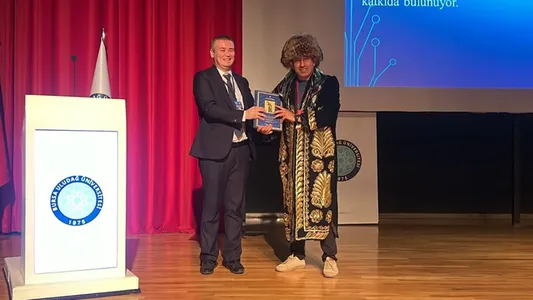
Cultural Legacy of Uzbekistan’s projects presented in Bursa
From May 17-19, the International Congress on Strategic Studies of the Turkic World took place at Uludağ University in Bursa, Turkey.
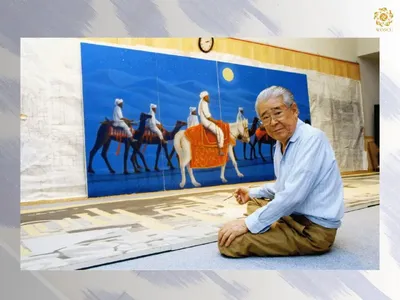
Hirayama Ikuo, scientist and artist who survived the atomic bombing
It should be noted Hirayama Ikuo (1930 – 2009), as without exaggeration, he can be called the most popular Japanese artist of the second half of the 20th century, who became the honorary citizen of the cities of Kamakura and Tashkent, Hiroshima Prefecture, was the UNESCO Goodwill Ambassador, and a recipient of the Order “For Merits in Areas of Culture” – one of the highest awards of Japan.
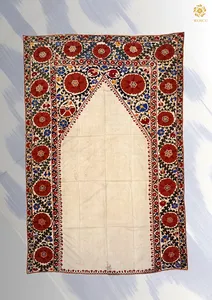
A charming tablecloth, joynamaz rugs, sandalpush in the Hiroshima Museum...
Hiroshima Prefectural Art Museum was opened in Hiroshima City, the prefecture of Hiroshima, in 1968.
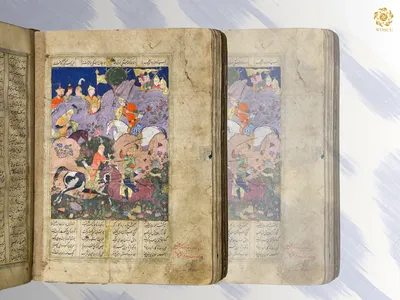
Features of oriental miniatures in the 17th century in Bukhara
The final peak in the development of miniature art occurred in Bukhara in the 17th c entury.

Arabic script as a form of fine art
The art of manuscripts occupies a special place in Oriental culture.
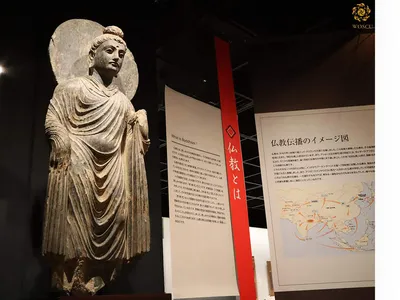
Did you know that there is a Buddhist university?
Ryukoku University, located in Kyoto, is a Buddhist higher education institution that celebrates its 380th anniversary in 2019.
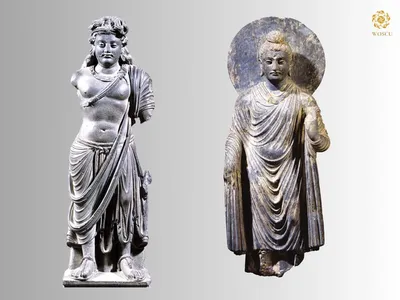
Kushan aristocracy and Buddha sculptures
The aristocracy and trade noblemen of the Kushan Kingdom ordered the production of numerous sculptures of Buddha, which filled the temples in Gandhara.
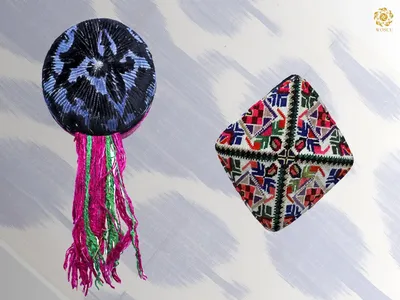
The heyday of the skullcap art
The history of the skullcap goes into deep antiquity.
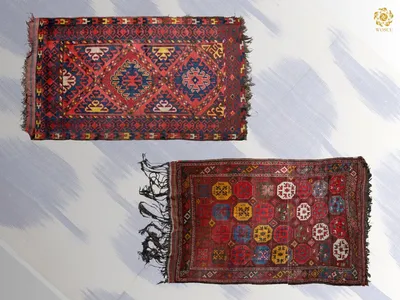
Carpet patterns and their meaning
The art of carpet weaving is rooted in remote antiquity.
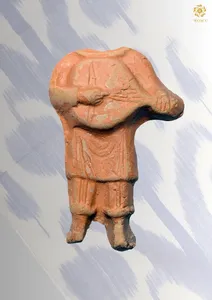
Who are Mutrib, Sazanda and Ghazalkhan?
During the reign of Amir Temur, the art of performing with various instruments was encouraged.

What kind of shoes did the women residents of Surkhandarya wear?
Traditional footwear consisted of kalish, kalish-makhsi, khakkari kavush (on wooden heels) and popush.

Medallions and formulas written on them in the crypt of Amir Temur
In the center of squinches, located between the archivolts the arched niches of the crypt of Amir Temur, created during his lifetime and located in the city of Shahrisabz, Kashkadarya region, there are pointed medallions with epigraphic compositions and floral ornamentation carved inside.
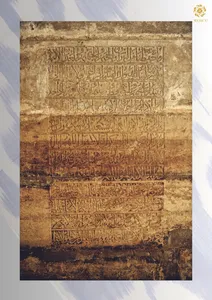
A rare architectural structure that has suffered loss
On the crypt and on the surface of the sarcophagus prepared by Amir Temur for himself in Shakhrisabz there are various inscriptions, verses, formulas and prayers quoted from the Quran.

Beauty in the bedroom of Hutton Castle
Sir William Burrell (1861 – 1958) was a Glasgow merchant shipping owner.

Set of unusual bowls
Okayama Orient Museum was founded on April 6, 1979.
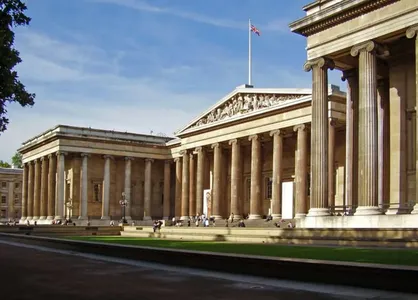
How do we define the specificity of Central Asian collections?
In the case of the collections in the British Museum, it is mainly defined by what lies in the department of the Middle East, although there are many coins from Central Asian mints in our Department of Coins and Medals, and a large collection from the oases of Xinjiang which was formed as part of Sir Aurel Stein’s explorations there between 1900 and 1931, and held in our Department of Asia.

Expressive style of Muhammad Murad Samarkandi (Part II)
The name of Muhammad Murad was also discovered on some other miniatures from world collections.
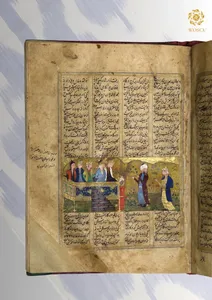
Expressive style of Muhammad Murad Samarkandi (Part I)
The work of the miniaturist Muhammad Murad in the Shah-nama manuscript demonstrates features of an innovative style differing both from the heart and Behzad as well as Mawarannahr styles described above.
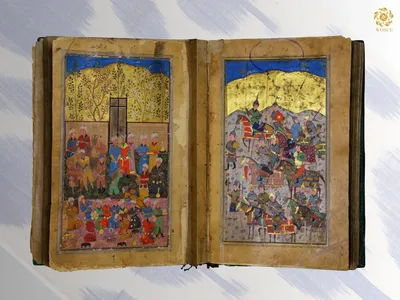
Features of miniatures of Mawarannahr in the 16th century
The miniatures of the Mawarannahr school of the 16th century are of varying quality.

When did the Khorasan school of Sufism appear?
Starting in the 10th – 11th centuries, Sufi mystic teaching (tasavvuf) originating from Islam, with its expressive musical and poetic forms, begins to develop parallel to the secular tradition.
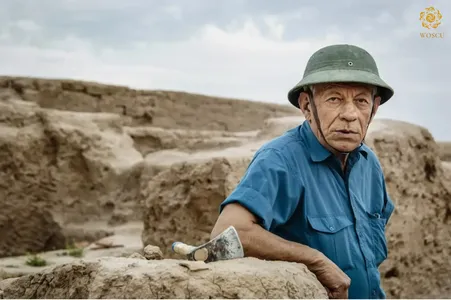
In Memory of Edward Vasilievich Rtveladze
Today, May 14, marks what would have been the 82nd birthday of academician, Doctor of Historical Sciences, archaeologist, historian, and distinguished specialist in numismatics, culture, and art, Edward Vasilievich Rtveladze.
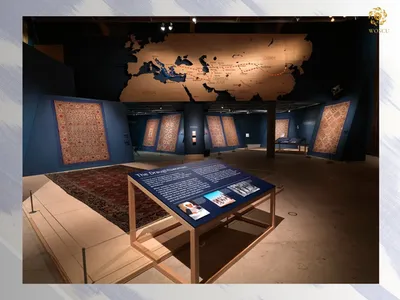
Islamic Art in the Burrell Collection
The Burrell Uzbek Suzanis are part of Sir William’s Islamic collection, which consists of some 468 objects.

The scientist bequeathed her entire collection of calligraphy to the museum
The Linden-Museum in Stuttgart is one of the most famous ethnological museums in Europe.

Who is Shams ad-din Kular buried in Dar ut-Tilovat?
Shams ad-din Kular, who is buried in the Dar ut-tilavat complex in Shahrisabz, Kashkadarya region, died around 1350.
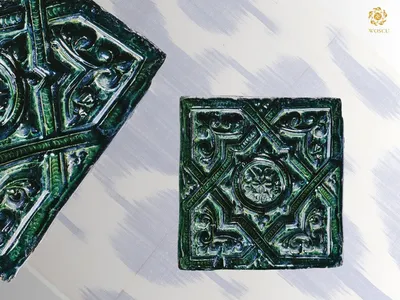
Timurid period tile
The Linden-Museum in Stuttgart is one of the most famous ethnological museums in Europe.
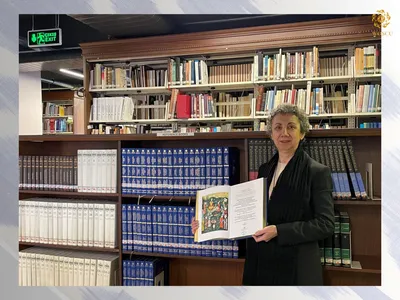
Expanding Knowledge Horizons: New Addition to IRCICA's Collection from WOSCU
The Research Centre for Islamic History, Art and Culture (IRCICA) has enriched its library collection thanks to a significant contribution from the World Society for the Study, Preservation, and Popularization of the Cultural Legacy of Uzbekistan (WOSCU).
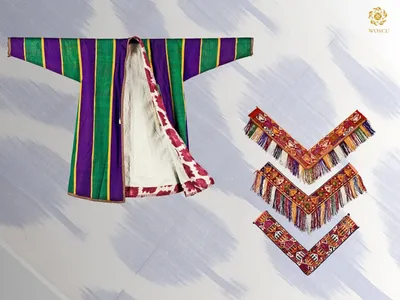
Collection of the Linden Museum in Stuttgart
The Linden-Museum in Stuttgart is one of the most famous ethnological museums in Europe.
